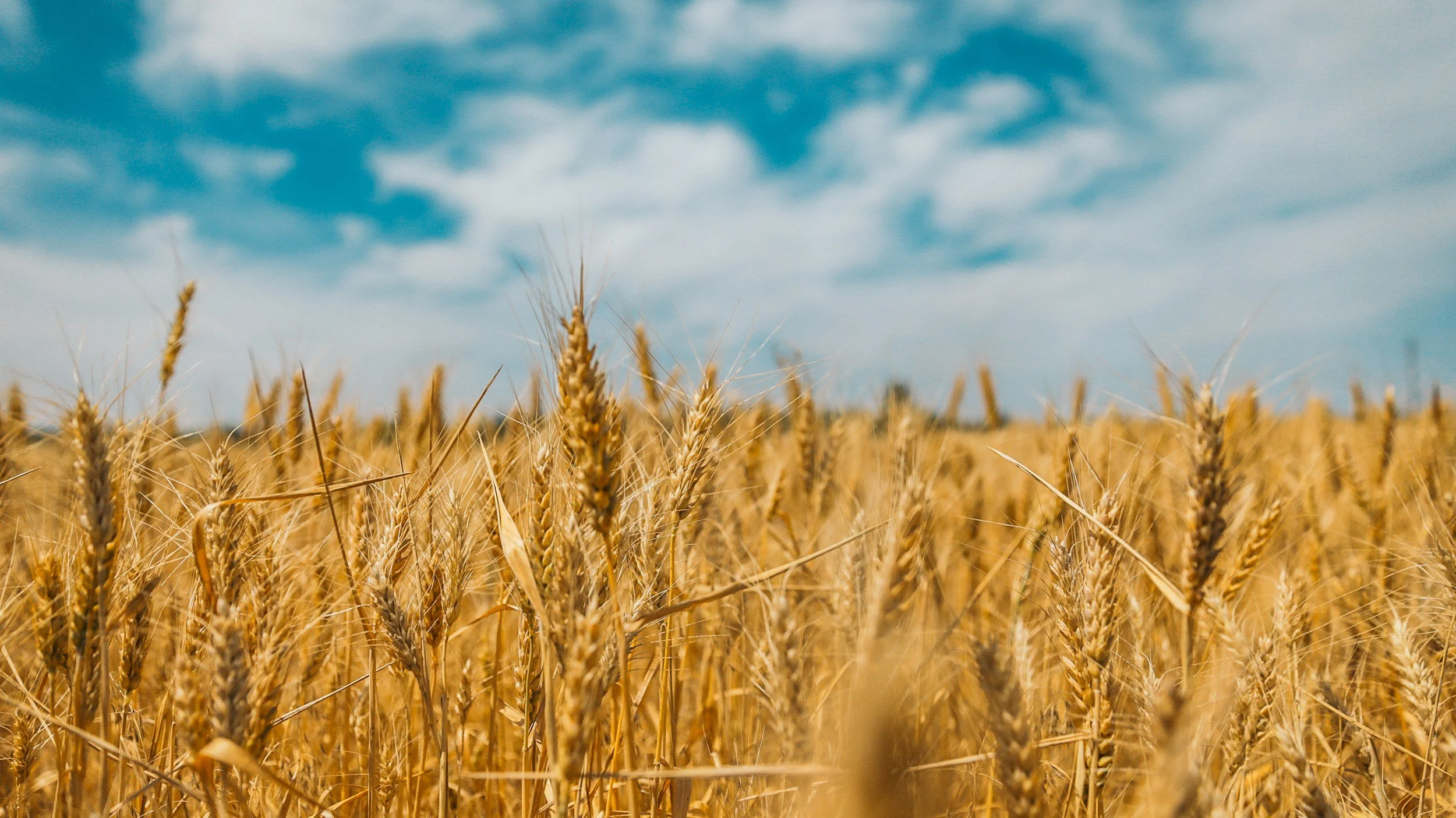Post-Menopausal Nutrition: Key Foods to Eat and Why
Menopause marks the end of ovarian estrogen production, triggering metabolic, skeletal, cardiovascular, and musculoskeletal shifts. Diet becomes a critical modulator of risk and quality of life in post-menopause.
The right foods help preserve bone mass, reduce inflammation, support muscle, balance metabolism, and attenuate symptoms. The following four evidence-grounded themes illustrate which foods matter most and why, concluding with practical recommendations.
Protein & Dairy (or Alternatives) For Muscle and Bone Maintenance
After menopause, muscle loss (sarcopenia) accelerates, and bone resorption outpaces formation. Adequate protein intake helps preserve lean mass and reduce frailty risk.
Narrative reviews of menopausal nutrition emphasize that a protein-rich diet—especially including fish, milk, and soy products—is inversely associated with severity of menopausal symptoms and supports musculoskeletal health. ([MDPI][1])
Dairy (or fortified alternatives) also deliver calcium and vitamin D, which are foundational for bone health.
The European guideline of post-menopausal nutrition supports dairy consumption (without added sugar) as part of the carbohydrate sources. ([PMC][2])
In sum, lean protein sources plus calcium-rich foods or fortified substitutes help buffer bone and muscle decline.
Omega-3: Anti-Inflammatory Fats, Olive Oil And Nuts
Menopause is associated with a rise in low-grade chronic inflammation, which contributes to vascular disease, joint pain, and metabolic dysregulation.
The Mediterranean diet - rich in olive oil, nuts, oily fish—has been studied specifically in menopausal women and shown associations with fewer vasomotor symptoms and improved metabolic markers. ([maturitas.org][3])
Whole-diet intervention reviews in postmenopausal cohorts find that anti-inflammatory fats (monounsaturated and omega-3) are key drivers of cardiovascular and metabolic benefit. ([ScienceDirect][4])
In conclusion, including fatty fish (e.g. salmon, sardines), walnuts, flaxseed, extra virgin olive oil—these foods supply eicosapentaenoic acid (EPA), docosahexaenoic acid (DHA), and polyphenols that modulate inflammation, endothelial function, and perhaps joint comfort.
Fibre, Whole Grains, Vegetables, and Low Glycemic Carbohydrates
High-fibre diets slow glucose absorption, support gut health, and modulate estrogen recycling via the gut microbiota.
In postmenopausal women, higher “carbohydrate quality” (i.e. high fiber, whole grains, low glycemic index) is linked to fewer menopausal symptoms and better quality of life. ([BioMed Central][5])
General menopausal nutrition reviews recommend prioritizing vegetables, whole grains, fruits, and fiber (≥ 25 g/day) over refined carbohydrates and added sugars. ([PMC][2])
In addition to symptom control, fiber helps with lipid profiles and weight regulation.
Phytoestrogens/Isoflavone-Rich Foods (Soy, Legumes, Flaxseed)
Phytoestrogens are plant compounds that weakly mimic estrogenic activity, potentially easing vasomotor and urogenital symptoms.
Cohort evidence suggests that more frequent consumption of soy products correlates with milder menopausal symptoms (somatic, psychological, urogenital), and with a delay in menopausal onset. ([MDPI][1])
Soy, legumes, and flaxseed (which contain lignans) are often recommended in menopausal diets.
The narrative review of menopausal nutrition also highlights plant-based, low-fat dietary patterns as beneficial. ([PMC][6])
Combining these with other foods (protein, healthy fats, fiber) yields synergistic benefit.
In postmenopause, dietary strategy matters.
A diet emphasizing adequate protein and calcium (via dairy or fortified alternatives), anti-inflammatory fats (fish, olive oil, nuts), fiber and whole grains, plus phytoestrogen-rich plants (soy, legumes, flaxseed) offers the strongest evidence-based support for musculoskeletal, metabolic, and symptom resilience.
These foods help counter bone loss, reduce inflammation, stabilize glucose, support muscle, and ease menopausal symptoms. For best outcomes, tailor quantities to caloric needs, monitor micronutrients (e.g. vitamin D, magnesium), and combine with weight-bearing exercise.
References
Amiri, M., et al. (2021). Whole-diet interventions and cardiovascular risk factors in postmenopausal women: A systematic review. ScienceDirect. https://www.sciencedirect.com/article/pii/S0378512221002930
Cano, A., et al. (2020). The Mediterranean diet and menopausal health: An EMAS position statement. Maturitas. https://www.maturitas.org/article/S0378-5122(20)30325-X/fulltext
Erdélyi, A., et al. (2023). The importance of nutrition in menopause and the role of dietary patterns in symptom management and long-term health. Public Medical Central (PMC). https://pmc.ncbi.nlm.nih.gov/articles/PMC10780928/
Elibol, E., et al. (2025). The impact of carbohydrate quality index on menopausal symptoms and quality of life in postmenopausal women. BMC Women’s Health. https://bmcwomenshealth.biomedcentral.com/articles/10.1186/s12905-025-03822-z
Silva, T. R., et al. (2021). Nutrition in menopausal women: A narrative review. Public Medical Central (PMC). https://pmc.ncbi.nlm.nih.gov/articles/PMC8308420/
Yang, Y., et al. (2025). Association between protein-rich foods, nutritional status, and health outcomes in postmenopausal women. MDPI (Nutrients). https://www.mdpi.com/2072-6643/17/2/356







